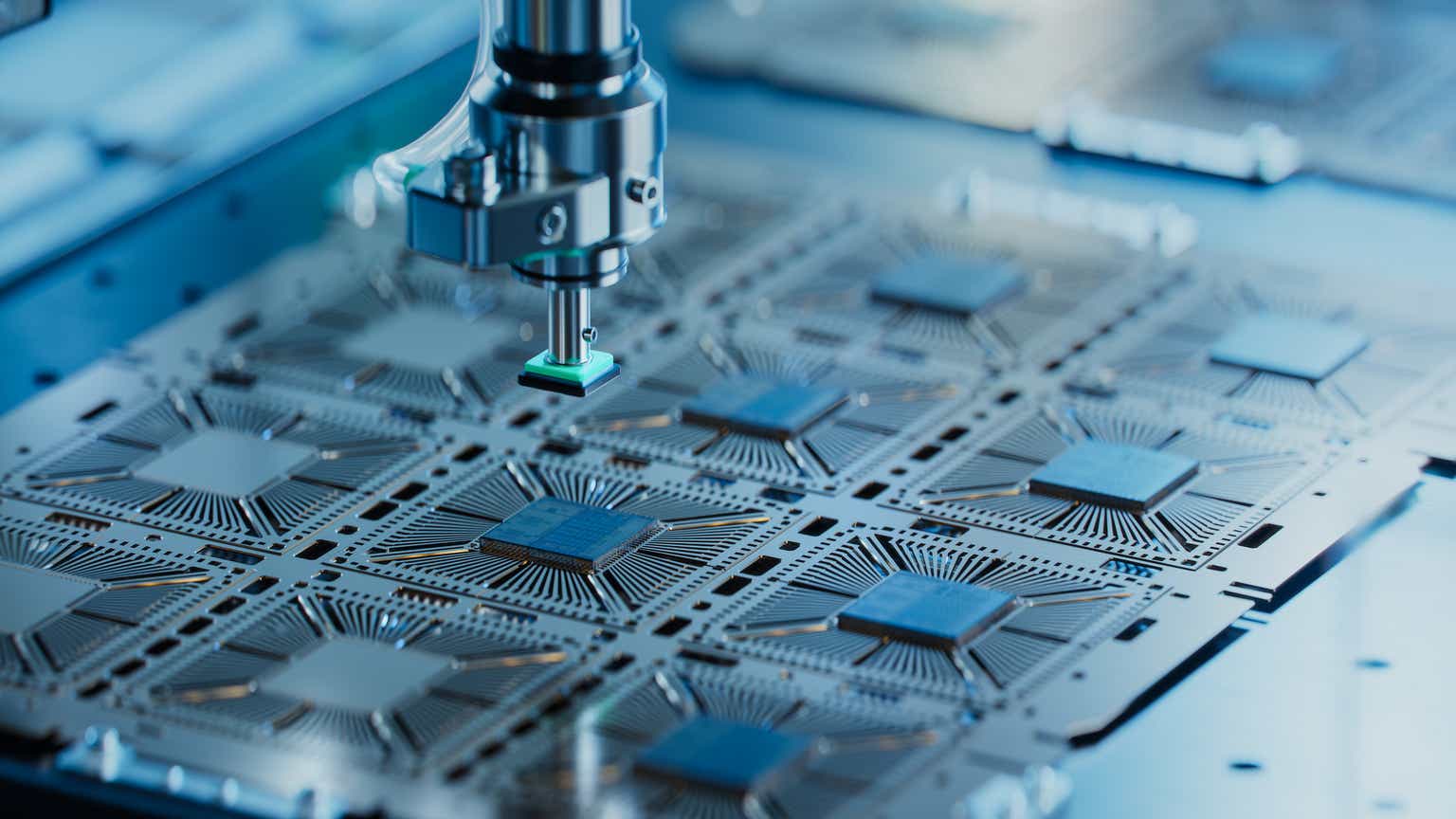From Chip King to Challenger: How Intel Lost Ground to Nvidia in the AI Era

For decades, Intel reigned supreme as the most valuable semiconductor company in the United States. Its processors powered everything from PCs to servers, and its brand was synonymous with computing innovation. However, the rise of Nvidia and the explosive growth of artificial intelligence (AI) have dramatically shifted the landscape, leaving Intel struggling to keep pace. This article explores the factors contributing to Intel's decline, its efforts to regain lost ground, and the challenges it faces in the fiercely competitive chip market.
The Reign of Intel: A Legacy of Dominance
Intel's history is intertwined with the evolution of the personal computer. Founded in 1968, the company quickly became the leading provider of microprocessors, driving the PC revolution and establishing a formidable market share. Its relentless focus on performance and innovation fueled decades of growth, making it a cornerstone of the Silicon Valley ecosystem and a bellwether for the tech industry.
The AI Boom and Nvidia's Ascent
The emergence of deep learning and AI applications in the late 2010s marked a pivotal moment. While Intel focused primarily on traditional CPU architectures, Nvidia strategically positioned itself to capitalize on the burgeoning demand for GPUs (Graphics Processing Units). GPUs, initially designed for gaming, proved remarkably well-suited for the parallel processing required by AI algorithms. Nvidia's CUDA platform further solidified its lead, providing developers with a robust ecosystem for AI development.
Intel's Struggles and Strategic Shifts
Intel’s response to the AI boom was initially slow. The company's traditional CPU-centric approach proved less adaptable to the specialized workloads of AI. While Intel has invested in AI-specific hardware, including its Gaudi AI accelerators, it has struggled to gain significant market share against Nvidia's established dominance. Recent leadership changes, with Pat Gelsinger taking the helm, signal a renewed commitment to innovation and a more aggressive strategy to compete in the AI era.
Cost Cutting and Restructuring
Recognizing the need to streamline operations and improve financial performance, Intel has announced significant cost-cutting measures and restructuring plans. This includes layoffs, the consolidation of manufacturing facilities, and a renewed focus on core businesses. The goal is to free up resources for strategic investments in AI, advanced manufacturing, and other growth areas.
The Road Ahead: Can Intel Reclaim Its Crown?
Intel's journey to regain its competitive edge will be a challenging one. It faces stiff competition from Nvidia, AMD, and emerging players in the AI chip market. However, Intel possesses significant strengths, including its vast manufacturing capabilities (through Intel Foundry Services), a strong brand reputation, and a deep pool of engineering talent. Success will depend on its ability to accelerate innovation, execute its strategic plans effectively, and adapt quickly to the rapidly evolving demands of the AI era.
The future of Intel hangs in the balance. The company's ability to navigate the complexities of the AI revolution will determine whether it can reclaim its position as a leader in the semiconductor industry, or if it will remain a challenger in Nvidia's shadow.





